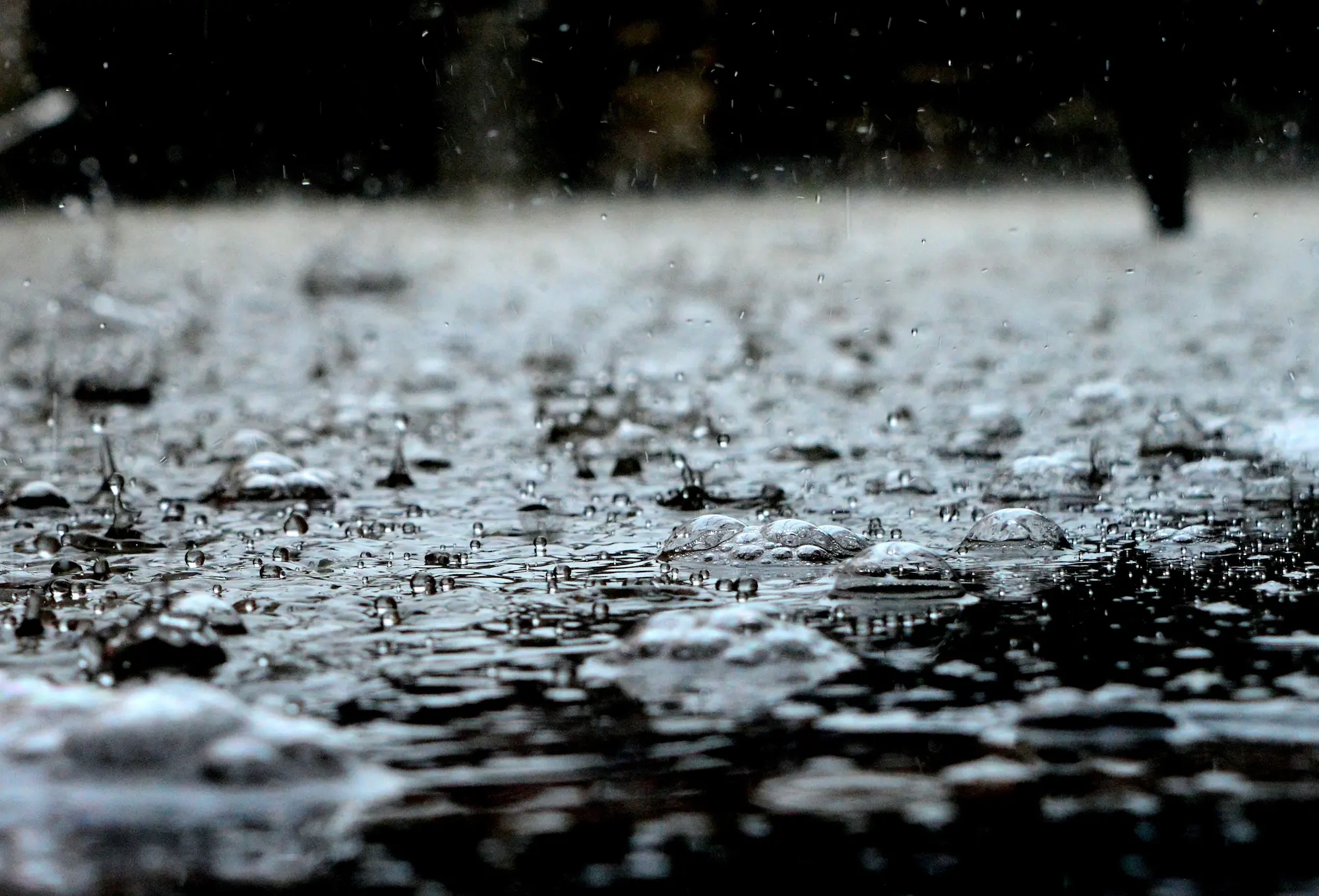When it comes to basement waterproofing, misconceptions and false indicators can lead homeowners to unnecessary expenses and treatments. While it’s essential to address legitimate signs of water intrusion, it’s equally important to discern false signs, particularly during periods of heavy rain. Understanding these misconceptions can save you time, money, and unnecessary waterproofing services. Let’s explore some common false signs that may mislead homeowners into believing their basements require waterproofing.
1. Temporary Flooding during Heavy Rain:
During extended periods of heavy rain or severe storms, even well-maintained basements can experience temporary flooding. This occurrence does not necessarily indicate a chronic waterproofing problem. Instead, it highlights the need for proper exterior drainage systems and maintenance. Focusing on adequate gutters, downspouts, and grading can help redirect excess water away from your home’s foundation, preventing temporary flooding in your basement.
2. Condensation on Basement Walls:
Condensation on basement walls is a common occurrence in humid environments and doesn’t necessarily imply water intrusion. It often results from temperature differentials between the basement walls and the air inside. Proper ventilation, dehumidification, and insulation can effectively address this issue without the need for extensive waterproofing measures.
3. Damp Spots on Concrete Floors:
Occasional damp spots on concrete basement floors can stem from a variety of factors, such as spills, high indoor humidity, or minor seepage from non-structural cracks. These isolated damp spots do not necessarily warrant full-scale basement waterproofing. Instead, addressing the underlying causes, such as managing humidity levels or sealing non-structural cracks, can resolve the issue without extensive measures.
4. Seasonal Water Seepage:
Seasonal water seepage, particularly during spring thaw or heavy rain seasons, is a normal occurrence for some basements. This seepage is often the result of water percolating through the soil and may enter the basement through minor cracks or gaps. Proper grading, exterior drainage, and routine maintenance can help manage seasonal seepage without the need for comprehensive waterproofing solutions.
5. Musty Odors without Visible Moisture:
Musty odors alone do not necessarily indicate water intrusion. In some cases, they may stem from high humidity levels, poor ventilation, or the presence of organic materials in the basement. Addressing ventilation, installing dehumidifiers, and implementing regular cleaning and maintenance practices can help alleviate musty odors without resorting to unnecessary waterproofing treatments.
Conclusion:
It’s important to differentiate between legitimate signs of water intrusion and false indicators when considering basement waterproofing. During extremely rainy streaks, temporary flooding or isolated damp spots can occur even in well-maintained basements. Understanding the underlying causes of these false signs and implementing appropriate maintenance measures can help homeowners avoid unnecessary expenses on extensive waterproofing services.
If you have concerns about your basement’s water intrusion, it’s best to consult with a professional waterproofing expert like Advanced Systems of Northeast Kansas. Their experienced team can accurately assess your situation, differentiate between false signs and genuine water intrusion issues, and provide expert recommendations tailored to your specific needs.
Contact Advanced Systems of Northeast Kansas here to schedule a consultation and receive professional guidance regarding your basement waterproofing needs. Trust the experts to help you navigate the complexity of waterproofing and make informed decisions to protect your basement and home.


